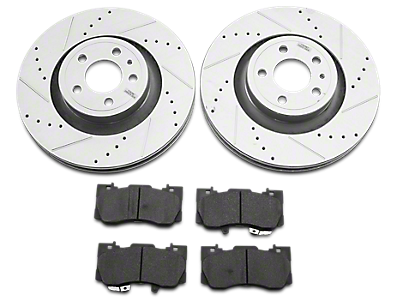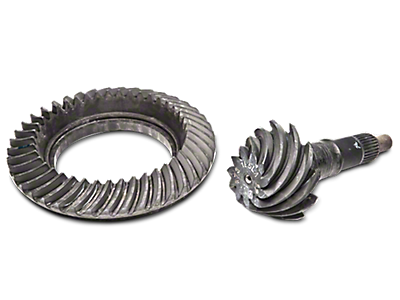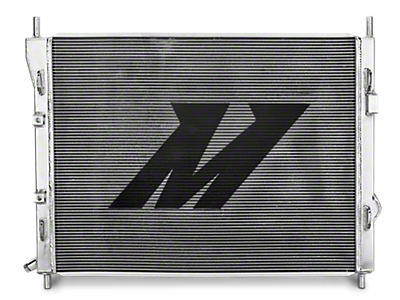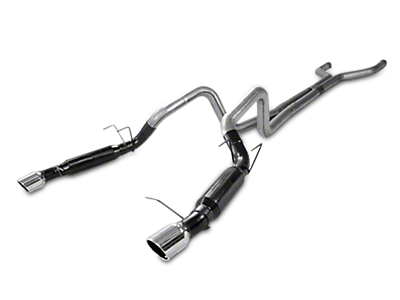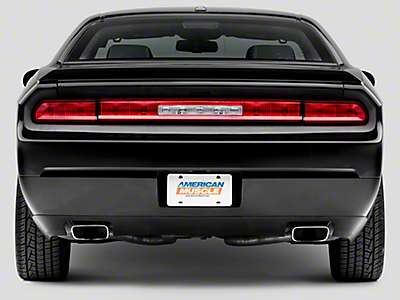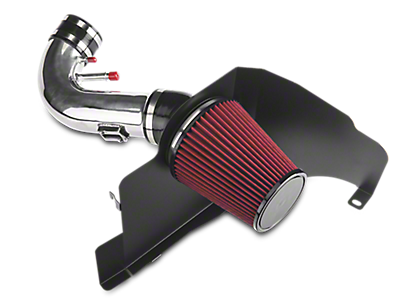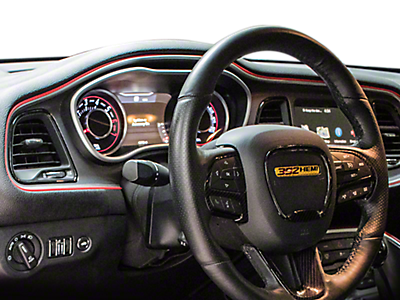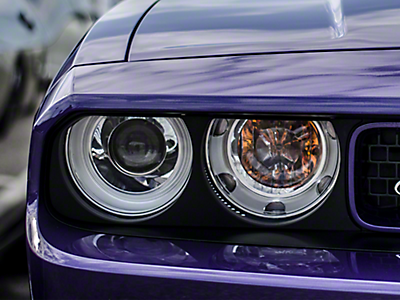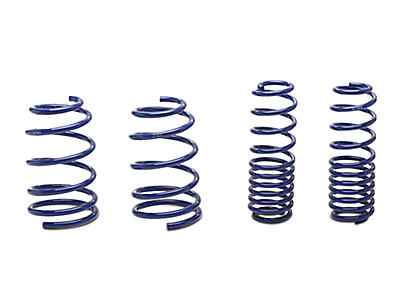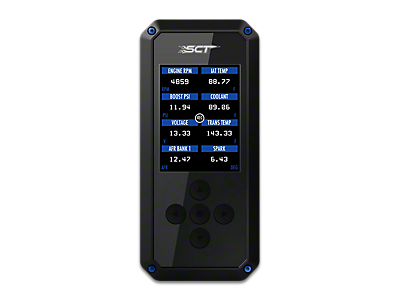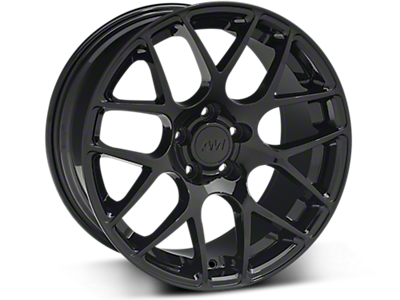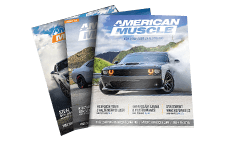2011 Dodge Challenger
Dodge unleashed a slew of upgrades for the 2011 Challenger, both in performance and aesthetics a like. A larger front splitter and trapezoidal grille change the appearance of the front, whilst larger 18" wheels (now the standard size) fill up some more of the fender well. Regarding powertrains, 2011 saw the Challenger receive the new 3.6L Pentastar V6 as its base engine, producing 305 horsepower and 285 lb-ft of torque. The venerable 5.7L Hemi is still the go to for R/T models, however its crown is now taken by a new 6.4L Hemi intended for SRT-8 models with the 392 package. Other notable changes include larger front and rear sway bars, new shocks and springs and a hybrid electric-hydraulic power steering system.
Starting with the basics
A 2011 Dodge Challenger is now at least a decade old and it is likely the factory ignition system (if still left stock) has deteriorated in performance due to the number of heat cycles incurred. Freshening up the ignition system may not increase power above stock levels, but it can certainly restore power that you may not have even noticed you've lost. Replacing the coil packs can have a dramatic effect at idle and at high RPM. Due to the harsh heat environment under the hood, coil packs are often the first ignition component to begin degrading. While they may not fail outright (and it is obvious when they have, as your Challenger will develop a misfire on the associated cylinder), internal wear on their electrical components can lead to subprime spark generation. This is likely most noticeable at idle, with less electrical generation available, and then again at high RPM, where the coil may not be able to fire fast enough with sufficient voltage to obtain optimal combustion.
Filtering the Air
Along the same vein as the ignition system, when is the last time any maintenance was performed on the air system? Starting fresh with new air filters is sure to restore performance, and depending on what filter is used, even give a slight increase in horsepower and torque. If you have retained the factory air intake this whole time, replacing the factory pleated paper filter with a high-flowing panel filter is an easy way to net a few extra ponies. Made from cotton or synthetic weave materials, aftermarket panel filters are less restrictive than the paper version and are actually washable, which when done properly, will greatly extend their service life. For 2011 Challengers that have already upgraded their ride with the likes of a cold air intake, most of these systems make use of a conical style filter. With increased surface area, these filters also flow better than stock and are nearly always washable. If it hasn't been done in a while, washing the filter can restore lost throttle response and a few horsepower. When washing, make sure to use the special cleaning agent specified by the manufacturer of the filter, as you don't want to damage the fibers in the process. If you think your filter is beyond washing (if it is crumpled or beginning to collapse in on itself), measure the inlet diameter and the overall length of the filter and order a new one with the same dimensions. Most aftermarket cold air systems use filters with a inlet diameter of 3". Finally, don't forget about the cabin filter. While this filter has zero impact on performance, it does impact the quality of the air that is being blown into the cabin through the HVAC system!

